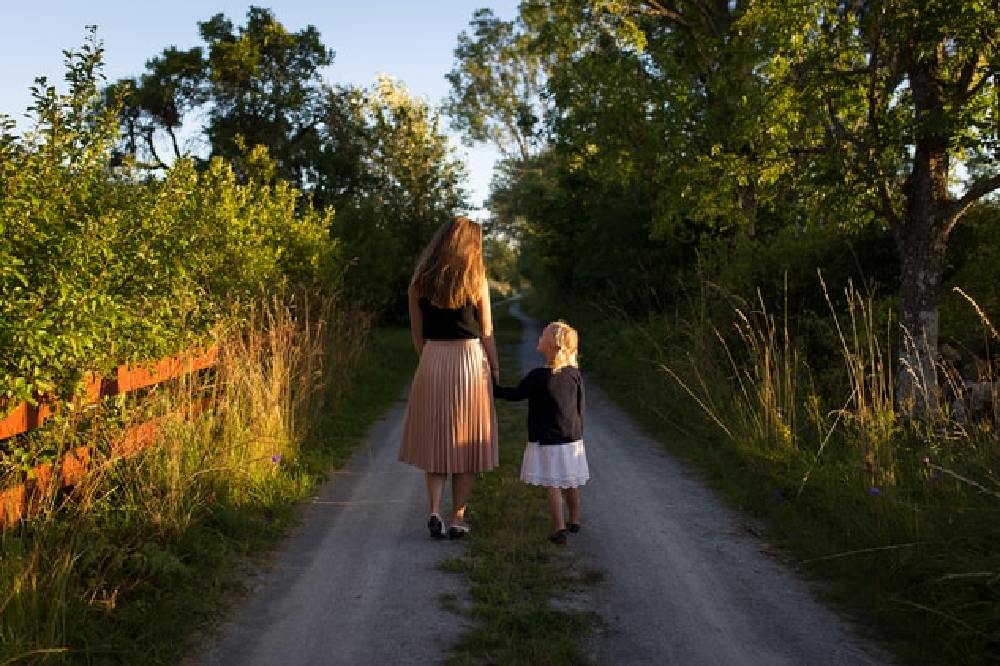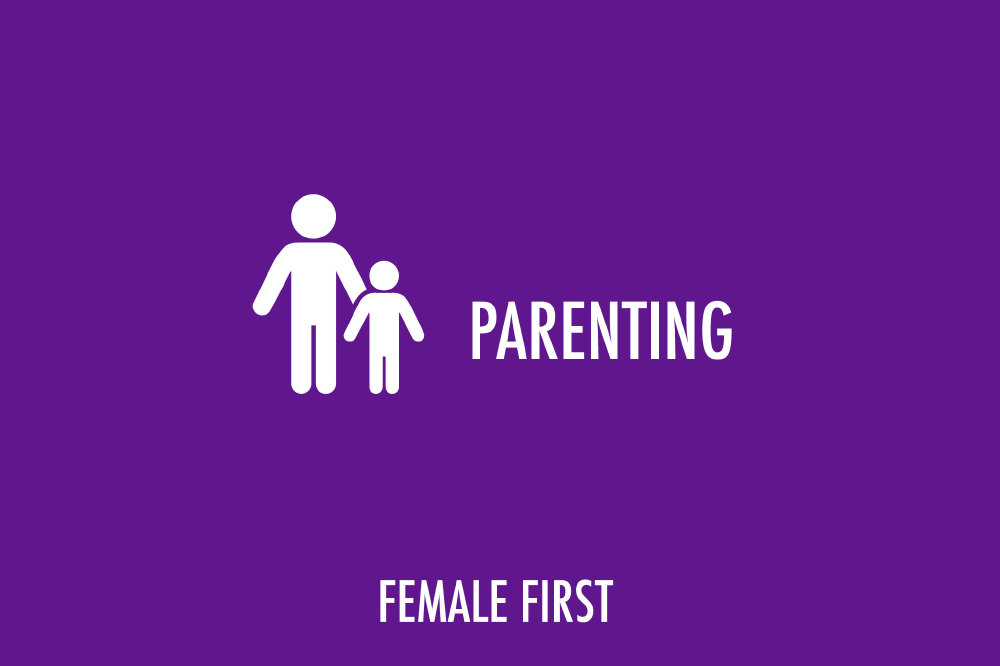By Lucy Birch, Senior Associate at Stowe Family Law

Image courtesy of Pixabay
Recently, many celebrities have explored their role as parents in the media. Although some choose to keep their personal lives private, with the spotlight continually shining on them, this can be difficult.
You may remember in 2018 when the news broke that Cheryl Cole and Liam Payne had parted ways after two and a half years together, leaving their son Bear to be co-parented.
Liam has been exploring his role as a dad in the last month, and discussed his Cheryl and his co-parenting techniques.
Liam has been honest about their set up, explaining how Cheryl takes care of Bear, giving Liam what he described as ‘full autonomy', but he is still very close to his son. He regularly takes him to school and makes sure he spends plenty of time with him, saying his life ‘is now his [Bear’s], my money is his’
Nowadays, co-parenting is commonplace, not just among celebrities who take centre stage in the press. We’ve all seen the Tik Tok top tip videos for co-parenting, and the ways co-parents are dealing with the break up of their families.
Many children live in two homes and within blended families. It has become part of the development of family structures and is a way to deal with divorce or separation, keeping the child or children as the priority.
In fact, government statistics recently revealed that in 2021, there were 2.3 million separated families in Great Britain, with 3.6 million children in those separated families.
However, successful co-parenting is not an easy task, particularly following a difficult separation when emotions can still be very raw.
I often support clients who struggle to separate their feelings towards their ex-partner while dealing with a co-parenting relationship; or those who cannot get over the relationship.
Sometimes, the arrival of a new partner throws things off balance. Different parenting styles can also be a barrier to effectively co-parenting, often leading to confusion for the children as they try to navigate different rules and routines in each parent’s home.
For those who are subject to post-separation abuse, co-parenting is extremely difficult, if not impossible. In these cases, parallel parenting, where each parent has control over their own parenting responsibilities, helps minimise communication and conflict.
Reaching a co-parenting agreement
Successful co-parenting does not necessarily mean a complete equal division of a child’s time. It is much more important to focus on what is best for the children involved, and to set clear boundaries and expectations.
To start, I always encourage clients to consider what arrangements they deem suitable, and liaise with the other parent or their legal adviser to work out an arrangement that everyone can agree on.
The role of a parenting plan
If this is achieved, I encourage parents to formalise the arrangements in a parenting plan, which is a useful tool to set out the parameters of the co-parenting relationship.
This plan can include details of how parents communicate, how they will deal with important decisions, notice periods for holidays, etc.
While not legally binding, and no recourse in the family court if one parent does not stick to the terms, it is good evidence of both parent’s intentions, and it can be constantly updated as the needs of the children change as they get older.
Mediation and the family courts
When trying to resolve arrangements for children following a separation, family courts encourage parties to try and reach an agreement on what the arrangements for the child should be. They have a “no order” principle and do not want to make a rigid court order unless absolutely necessary.
In cases where direct negotiation cannot reach an agreement, mediation can be extremely useful to help parents come together and agree on co-parenting arrangements.
In fact, it is a pre-requisite to a court application to attend a mediation appointment to explore the possibility of mediating before taking the matter to court, which can be costly, lengthy and stressful.
Mediation is a process whereby an independent mediator assists the parties in working out an arrangement for the children. They do not act in either party's best interests, and their role is to help facilitate the parties reaching an agreement.
Collaborative law is also a useful alternative to court proceedings. This is a process where both parties attend meetings with their legal representatives and seek to work out an agreement. One of the benefits of collaborative law is that you cannot use that solicitor to make a court application, which enables parties to focus on reaching an agreement without the looming prospect of the other issuing a court application.
However, in some cases, this is impossible, and if an agreement cannot be reached, a court application can be made for a Child Arrangements Order, to determine how the child’s time should be spent.
The law regarding child arrangements states that when making any decision about a child, the paramount consideration is the welfare of the child, and any decision will be led by this. The court is not interested in what is best or most convenient for either parent, or the whys and hows of the relationship breakdown.
Once in place, this order is legally binding, and if a parent breaches it, they will be in contempt of court, which carries penalties from fines to even imprisonment (although this is extremely rare).
Moving forward
Once an agreement has been reached and put in place, communication is key to consistent co-parenting. If this is complicated for some clients, I always recommend using a parenting app, such as Our Family Wizard or Coparently.
These apps are useful tools to navigate the co-parenting relationship. They include calendars, have controls on language, such as a “tone meter” to check negative language and suggest alternatives.
They also help streamline communication, rather than having to deal with multiple what’s apps, texts or emails.
In my experience, after a separation, both parents want to do best for their children and settle arrangements quickly and with the children’s best interests at heart.
Keeping this at the forefront of communication and decision-making helps parents calmly and successfully co-parent.
What Liam and Cheryl’s set up highlights is how they both adore their son and focus on him, rather than their past difficulties. This is so important when co-parenting, and can help lessen trauma on the child.

RELATED: Five tips for trying out the bare baby bump fashion trend
Tagged in Parenting


